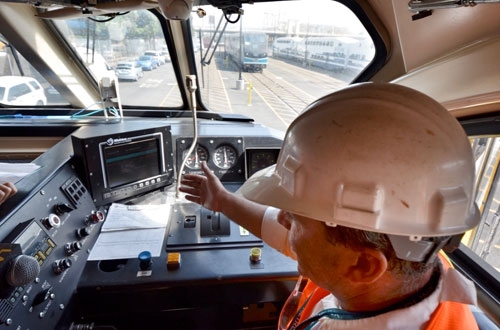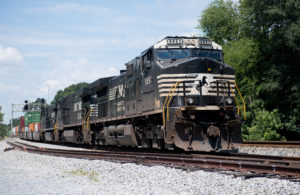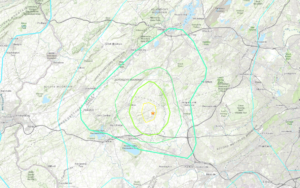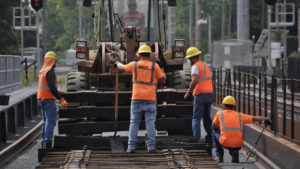GAO calls for additional oversight; AAR calls for deadline extension regarding PTC
Written by Mischa Wanek-Libman, editor
The Government Accountability Office (GAO) released a report reviewing the process of Positive Train Control implementation. Bottom line: Most railroads will not meet the deadline.
GAO interviewed 29 railroads including the four largest freight railroads, 13 commuter railroads and 12 smaller freight railroads regarding their progress and challenges. GAO, which initially reported on PTC progress in 2013, pointed to three major hurdles standing in the way of implementation:
- The delay in the development of a major component of the Interoperable Electronic Train Management System, being installed by the largest railroads, as well as smaller railroads running into trouble obtaining PTC support and components due to the limited number of vendors.
- Some host railroads have many tenant railroads and the host railroad must work with tenants to determine if the tenants should equip with PTC. One large freight railroad said it must make this determination for 260 tenants.
- The Federal Railroad Administration’s (FRA) use of various methods of oversight have not been sufficient in the monitoring and reporting of PTC progress of individual railroads.
According to the report 20 of the 29 railroads estimate PTC will be implemented one to five years after the Dec. 31, 2015 deadline, three did not have an estimated completion date, one was excepted from installing PTC, only five (four commuter railroads and one small freight railroad) anticipated meeting the deadline. The report also said 27 of the 29 railroads supported a deadline extension.
GAO’s report recommends, and the U.S. Department of Transportation agrees, “that FRA develop a plan that outlines how the agency will hold railroads accountable for making continued progress toward the full implementation of PTC by, among other things, collecting any additional information needed to track progress of individual railroads.”
Association of American Railroads President and Chief Executive Officer Edward R. Hamberger said that GAO report confirms what freight and passenger railroads have been saying for years: Congress needs to extend the deadline for installation of PTC.
“The GAO report reinforces the freight rail industry’s contention that PTC is an extremely complex technology that requires more time to install and safely test,” Hamberger said. “Freight rail operators have always contended that the Congressionally-mandated 2015 deadline for having PTC fully functional and being used coast to coast by passenger and freight rail alike was not realistic.
“But the fact that can’t be ignored is that time is quickly running out for taking action to extend the deadline and avoid the dire consequences of not doing so. American businesses that use rail to move their goods and people that depend on rail to travel and get to work every day need to know they can count on Congress to do the right thing.”
Hamberger says he has alerted more than 40 U.S. trade associations representing myriad industries that depend on efficient and reliable rail transportation to the potential for service shutdowns and major disruptions should Congress fail to extend the deadline by the end of October.
“Railroads are beginning to notify their customers of the possibility of an impending rail shutdown as they, too, have to prepare for such a worst-case scenario,” Hamberger said. “Congress can’t wait until November or December when the clock is about to run out. If lawmakers want to avert a massive disruption of passenger and freight transport this fall, which will inflict significant hardships on businesses and passengers alike, it must take action now to extend the deadline.”
Hamberger points to the great progress made so far in the development of PTC on approximately 60,000 route miles, but mentions that when Congress mandated installation of PTC it set an arbitrary deadline of December 31, 2015 that did not reflect the unprecedented challenges required to deploy this new technology safely and responsibly.
“The freight rail industry remains absolutely committed to fully implementing PTC,” Hamberger said. “While the industry has spent more than $5.7 billion to date and has made substantial progress on PTC, much work remains to be done. Extending the deadline for completing installation until 2018, with additional time for testing and validation, will allow the industry to deploy PTC in a safe and effective manner and simply is the right thing to do.”





